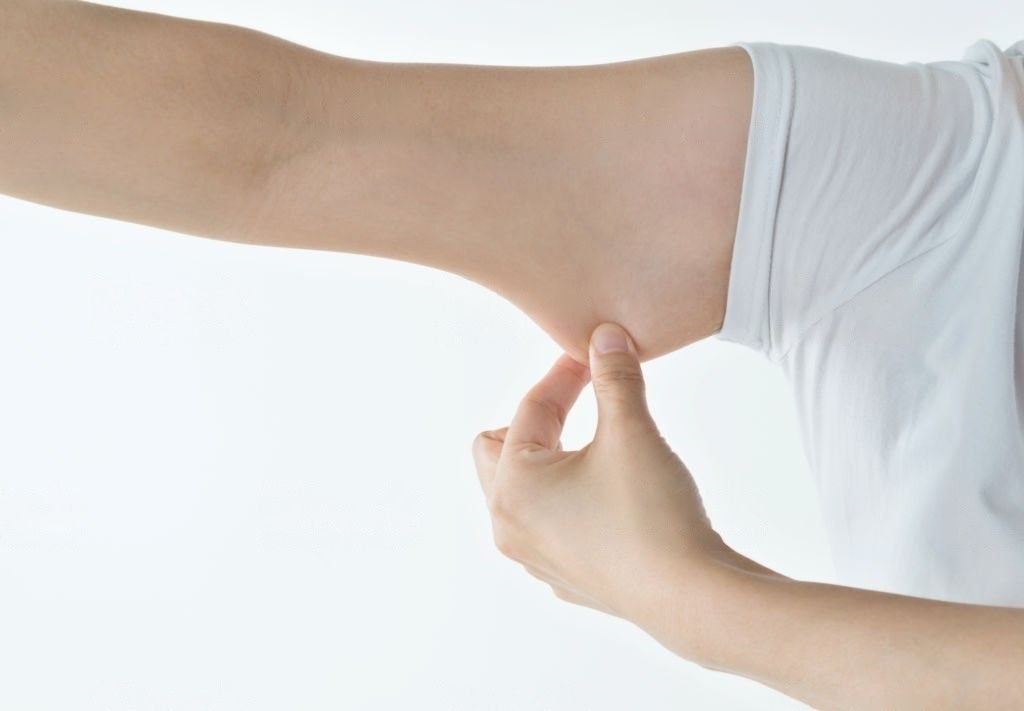Is It Common To Have Loose Skin After Weight Loss?
Understanding skin elasticity, following a progressive weight loss plan, and implementing strength training activities are all important elements in improving the appearance of loose skin.

Losing weight is a commendable achievement that requires dedication, hard work, and perseverance. However, many individuals who have successfully shed significant amounts of weight often find themselves dealing with a new concern: loose skin. Loose skin can be disheartening and may affect a person's self-confidence, especially after putting in so much effort to achieve their weight loss goals. But is loose skin a common consequence of weight loss? In this blog, we will explore this question and delve into the scientific research behind loose skin after weight loss.
Strategies to Minimize Loose Skin After Weight Loss
1.Understanding the Elasticity of the Skin:
The skin is a remarkable organ that has the ability to stretch and contract due to its elastic properties. When we gain weight, our skin expands to accommodate the increased volume of fat deposits. However, this elasticity has its limits, and when we lose a significant amount of weight, the skin may not fully rebound, leading to loose skin. The extent to which loose skin occurs varies from person to person and depends on several factors such as age, genetics, duration of weight gain, and the amount of weight lost.
2. Gradual Weight Loss:
One way to minimize the likelihood of loose skin after weight loss is to adopt a gradual approach to shedding pounds. Rapid weight loss can significantly strain the skin's elasticity, making it less likely to bounce back. By losing weight at a steady pace, the skin has more time to adapt to the changes, allowing it to retract more effectively. Aim for a weight loss rate of 1-2 pounds per week, as recommended by health professionals.
3. Building Muscle:
Incorporating strength training exercises into your weight loss journey can help improve the appearance of loose skin. When you lose weight, not only do you shed fat but you may also lose muscle mass. This can contribute to sagging skin. By engaging in resistance training, you can build and tone muscle, which fills out the areas previously occupied by fat. This can make the skin appear tighter and more firm.
4. Hydration and Skin Health:
Staying adequately hydrated is essential for overall skin health. Water plays a crucial role in maintaining skin elasticity. It keeps the skin hydrated, plump, and less prone to sagging. Consuming water-rich foods, such as watermelon, cucumbers, and oranges, can also contribute to hydration. Additionally, a well-hydrated body supports collagen production, a protein that helps maintain skin's elasticity.
5. Proper Nutrition and Skin Health:
Ensuring you are getting the necessary nutrients for healthy skin can also play a role in minimizing loose skin. Foods rich in vitamins A, C, E, and K, along with antioxidants, help promote collagen production and skin elasticity. Incorporate a variety of fruits, vegetables, lean proteins, and healthy fats into your diet to support skin health.
SUMMARY
Loose skin after weight loss is a common concern for many individuals who have achieved significant weight reduction. While the extent of loose skin varies from person to person, there are strategies that can help minimize its occurrence. Understanding the elasticity of the skin, adopting a gradual weight loss approach, and incorporating strength training exercises are key factors in improving the appearance of loose skin. Additionally, maintaining proper hydration and consuming a balanced diet rich in skin-healthy nutrients can support skin elasticity and minimize loose skin.
While loose skin may be a natural consequence of weight loss, it should not overshadow the tremendous accomplishment of achieving a healthier weight. It's important to celebrate the overall health benefits and increased well-being that come with weight loss, rather than solely focusing on the appearance of the skin. If loose skin is a significant concern, consulting with a dermatologist or plastic surgeon may provide further guidance on potential options for skin tightening.
Jayti Shah is a Clinical Nutritionist with a master's degree in Clinical Nutrition and Dietetics. She is a member of the Indian Dietetic Association (IDA). Over the last 9 years, she has helped 400 clients in their clinical and weight loss journeys. She works with SocialBoat as a nutrition consultant.
At SocialBoat, we offer custom diet plans and guided workouts to help you achieve your goals in a 360-degree approach. Our gamified experience ensures that you don’t find workouts boring and we reward you for being consistent with your efforts.

REFERENCES
- Shuster S, Black MM, McVitie E. The influence of age and sex on skin thickness, skin collagen and density. Br J Dermatol. 1975;93(6):639-643.
- Gilleard W, Caldwell-Andrews A, Bullough A, et al. The role of exercise in the development and rehabilitation of the musculoskeletal system. Physiotherapy. 2010;96(1):14-20.
- Basham SA, Perloff WH. Physiology, Fluid Shifts. [Updated 2021 Oct 3]. In: StatPearls [Internet]. Treasure Island (FL): StatPearls Publishing; 2022 Jan-. Available from: https://www.ncbi.nlm.nih.gov/books/NBK534826/
- Baumann L. Skin ageing and its treatment. J Pathol. 2007;211(2):241-251.
- Clark AK, Sivamani RK. The Review on the Potential Therapeutic Applications of Collagen Hydrolysate. Cosmetics. 2017;4(4):46.
- Ballor DL, Katch VL, Becque MD, Marks CR. Resistance weight training during caloric restriction enhances lean body weight maintenance. Am J Clin Nutr. 1988;47(1):19-25.
